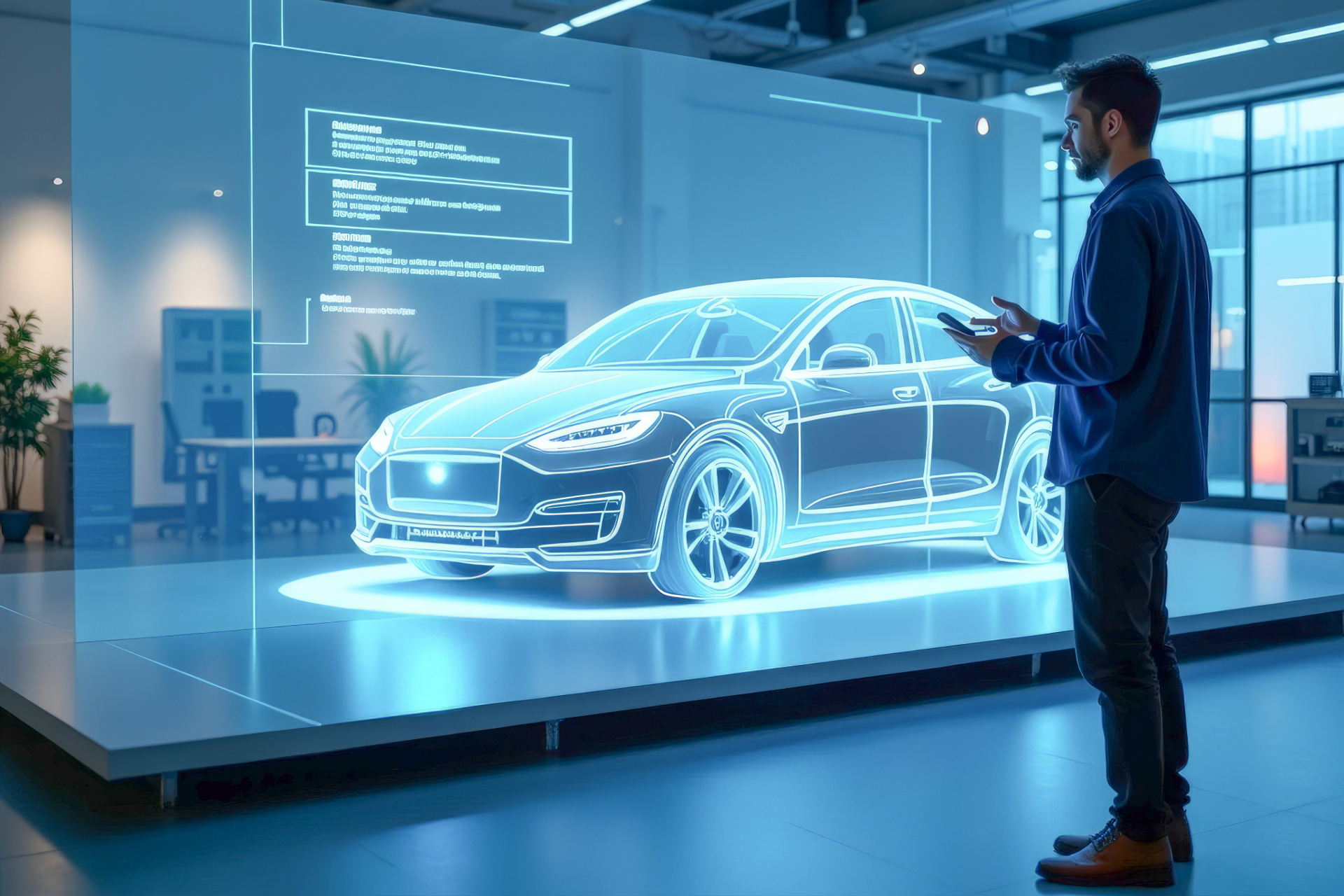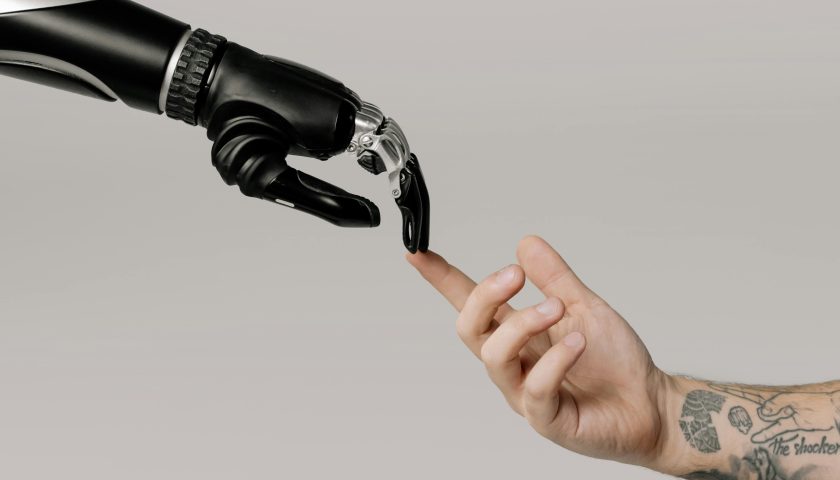Revolutionizing Fuel Economy: The Honda Civic 2025’s Gas-Saving Features
Introduction: The Honda Civic 2025’s Fuel Efficiency Breakthroughs
In an era where environmental concerns and rising fuel costs are at the forefront of global discussions, automakers are constantly striving to revolutionize fuel economy. One such automaker, Honda, has made significant strides in this area with their latest offering, the Honda Civic 2025. This groundbreaking vehicle incorporates advanced hybrid powertrain technology, an aerodynamic design, and innovative features to enhance fuel efficiency. Let’s delve into the gas-saving features of the Honda Civic 2025 and explore how it is redefining fuel economy standards.
Advanced Hybrid Powertrain: Redefining Fuel Economy Standards
At the heart of the Honda Civic 2025’s fuel efficiency breakthroughs lies its advanced hybrid powertrain. This innovative system combines a highly efficient gasoline engine with an electric motor, resulting in remarkable fuel economy figures. The Civic 2025 boasts an impressive EPA-estimated combined fuel economy rating of 60 miles per gallon (mpg), making it one of the most fuel-efficient vehicles in its class.
The hybrid powertrain of the Civic 2025 utilizes Honda’s renowned two-motor hybrid system. This system allows for seamless transitions between electric and gasoline power, optimizing fuel efficiency in various driving conditions. Additionally, the Civic 2025 features regenerative braking, which harnesses energy during deceleration and stores it in the battery for later use. This technology further enhances fuel economy by reducing reliance on the gasoline engine.
Aerodynamic Design: Maximizing Efficiency on the Road
Another key aspect of the Honda Civic 2025’s gas-saving features is its aerodynamic design. Honda engineers have meticulously crafted the exterior of the Civic 2025 to minimize drag and maximize efficiency on the road. The sleek lines, sculpted body panels, and strategically placed air vents all contribute to reducing wind resistance.
By reducing drag, the Civic 2025 can achieve better fuel economy at higher speeds. According to Honda’s wind tunnel testing, the Civic 2025 boasts a class-leading coefficient of drag (Cd) of just 0.26. This impressive figure not only improves fuel efficiency but also enhances stability and reduces wind noise for a more comfortable driving experience.
Innovative Technology: Enhancing Fuel Efficiency for the Future
The Honda Civic 2025 is not only equipped with advanced hybrid powertrain technology and an aerodynamic design but also incorporates innovative features to further enhance fuel efficiency. One such feature is the Eco Assist system, which provides real-time feedback to the driver on their driving habits and encourages fuel-efficient behavior. By monitoring acceleration, braking, and other driving parameters, the Eco Assist system helps drivers optimize their fuel economy.
Additionally, the Civic 2025 offers a range of driver-assistive technologies that contribute to fuel efficiency. Features such as adaptive cruise control, lane-keeping assist, and traffic sign recognition help drivers maintain a steady speed, stay in their lane, and navigate efficiently, reducing unnecessary fuel consumption.
Furthermore, the Honda Civic 2025 is equipped with a start-stop system that automatically shuts off the engine when the vehicle comes to a stop, such as at traffic lights or in heavy traffic. This feature eliminates idling and saves fuel, especially in urban driving conditions where frequent stops are common.
In conclusion, the Honda Civic 2025 is revolutionizing fuel economy with its gas-saving features. The advanced hybrid powertrain, aerodynamic design, and innovative technology all work together to maximize fuel efficiency and reduce environmental impact. With an EPA-estimated combined fuel economy rating of 60 mpg, the Civic 2025 sets new standards in its class. As Honda continues to push the boundaries of fuel economy, the Civic 2025 serves as a testament to their commitment to a greener and more sustainable future.







